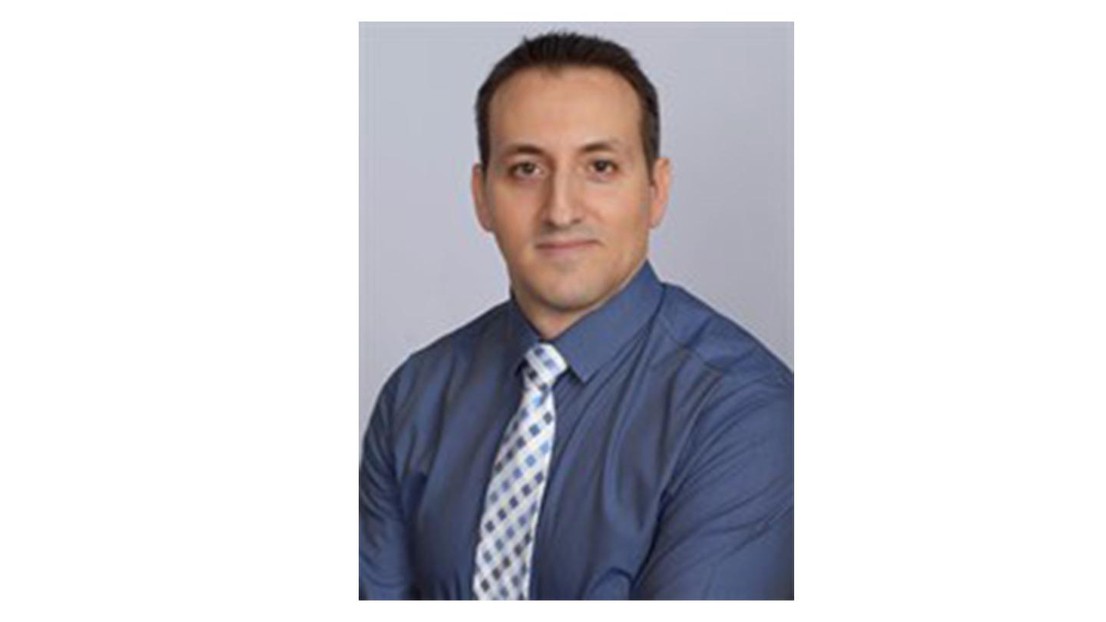Invited Seminar by Prof. Petros Sideris

© 2025 EPFL
"Construction 3D Printing: Structural Design and Large-scale Experimental Evaluations"
Wednesday May 14 2025
Room GC B1 10
Time: 12h00 to 13h00
ABSTRACT: This presentation will discuss design methodologies for low-rise 3D printed structures for residential applications and will present the findings of an experimental study on full-scale 3D printed concrete walls. Additive construction, such as 3D printing of cementitious materials via extrusion, has already started transforming the construction industry and the structural engineering discipline, with various applications, including housing, pedestrian bridges, and military installations. Construction 3D printing can potentially achieve reduced production costs and construction times via automation that permits continuous operation and requires significantly lower manual labor. Construction 3D printing can also achieve much lower environmental impact by eliminating the need for formwork and by using the material only where it is needed. Amongst others, early applications of this technology have been extensively focusing on providing affordable housing to address the housing crisis and homelessness. However, the performance of 3D printed elements under mechanical loads remains understudied. Furthermore, design methods that could ensure code-compliant performance and resilience to natural hazards remain scarce. This presentation will discuss design methodologies and analysis methods, with particular emphasis on a proposed 3D printed concrete wall design for applications in the seismic force resisting system of structures located in high seismicity areas. This presentation will also discuss findings of a large-scale testing program that is currently ongoing at Texas A&M’s Center for Infrastructure Renewal Testing Facilities.
Short Bio: Dr. Sideris is an Associate Professor and holder of the E.B. Snead '25 Career Development Professorship I in the Zachry Department of Civil and Environmental Engineering at Texas A&M University. His research focuses on advancing structural resilience and sustainability through integration of novel dynamics (e.g., rocking and sliding connectivity), new and sustainable materials (polymers, bio-polymers, hempcrete) and new construction methods (e.g., segmental construction, construction 3D printing). Dr. Sideris’ research group has been conducting research on construction 3D printing for structural applications, including affordable housing. His group investigates printing with cementitious materials, both conventional (e.g., mortars/concretes) and new (e.g., hempcrete), which are intended to achieve both resilience and sustainability. His group further focuses on design methods for printed structures, topology optimization, constitutive modeling and computational simulations, and experimental validations. Dr. Sideris’ research group also studies the resilience of coastal structures as well as the performance of bridges under service conditions, including aging, and extreme events, such as earthquakes. Dr. Sideris’ research group further develops advanced simulation models for reinforced concrete members. These efforts have been supported by the U.S. Department of Housing and Urban Development (HUD), U.S. Department of Energy (DOE), U.S. Department of Education (DOEd), the U.S. National Science Foundation (NSF), the U.S. National Institute of Standards and Technology (NIST) and the Texas Department of Transportation (TxDOT). Dr. Sideris serves as voting member of the ACI 564 Committee on 3D Printing with Cementitious Materials, Secretary of the American Concrete Institute (ACI) 564-0B sub-committee on Structural Design and Testing, and member of the ASCE/EMI Computational Mechanics Committee. He is also the former Chair of the ASCE/SEI Seismic Effects Committee.